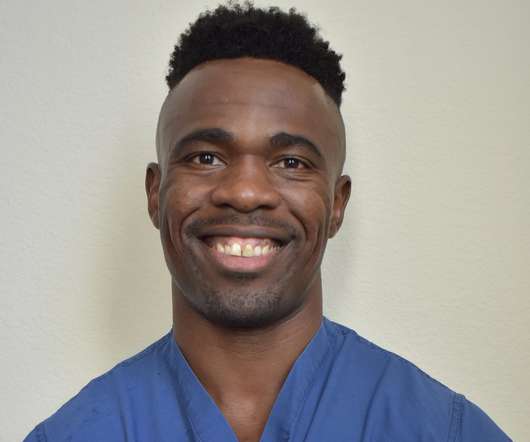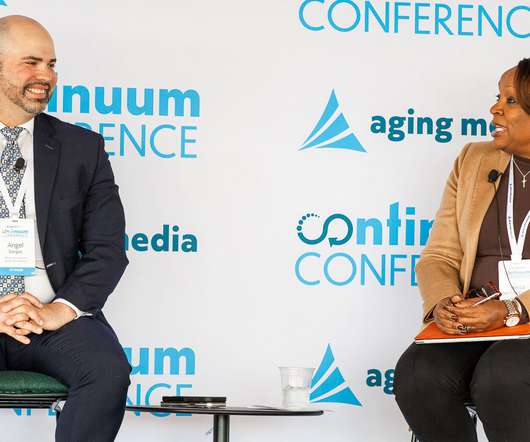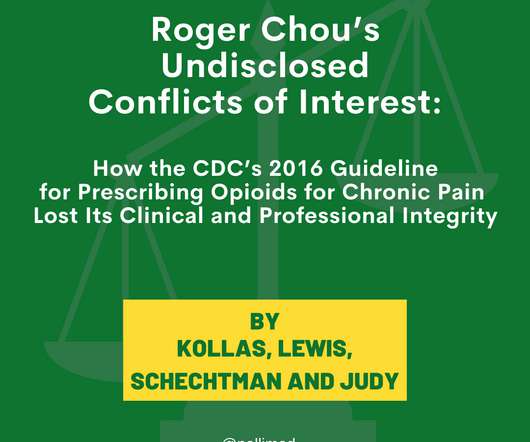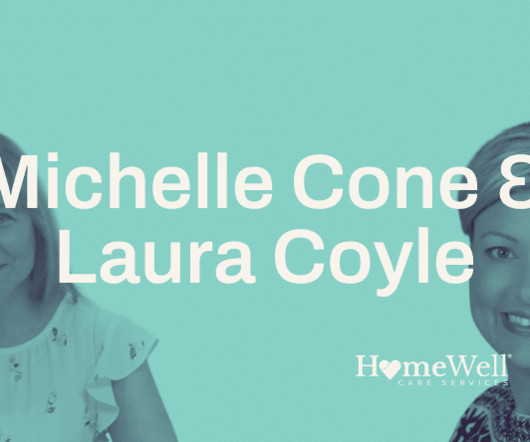Breaking the Silence: The Mounting Need for Trauma-Informed Hospice Care
Hospice News
MAY 3, 2024
Traumatized and abused hospice patients and providers often experience an array of lingering physical, emotional and psychological effects that can fall into a silent abyss of unmet needs. Additionally, home health and hospice workers face higher safety risks and a myriad of unique challenges compared to other health care providers.



















Let's personalize your content